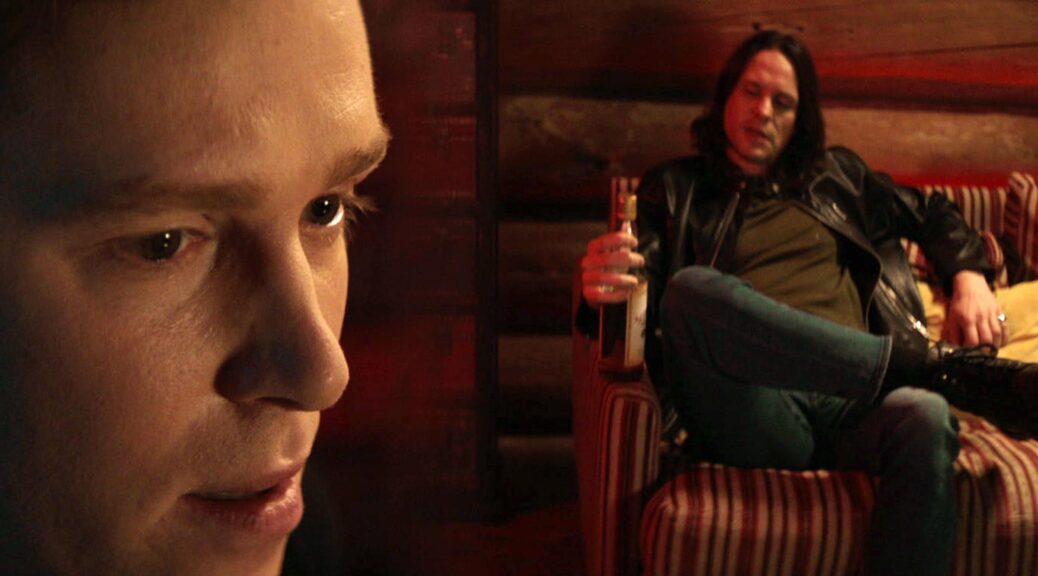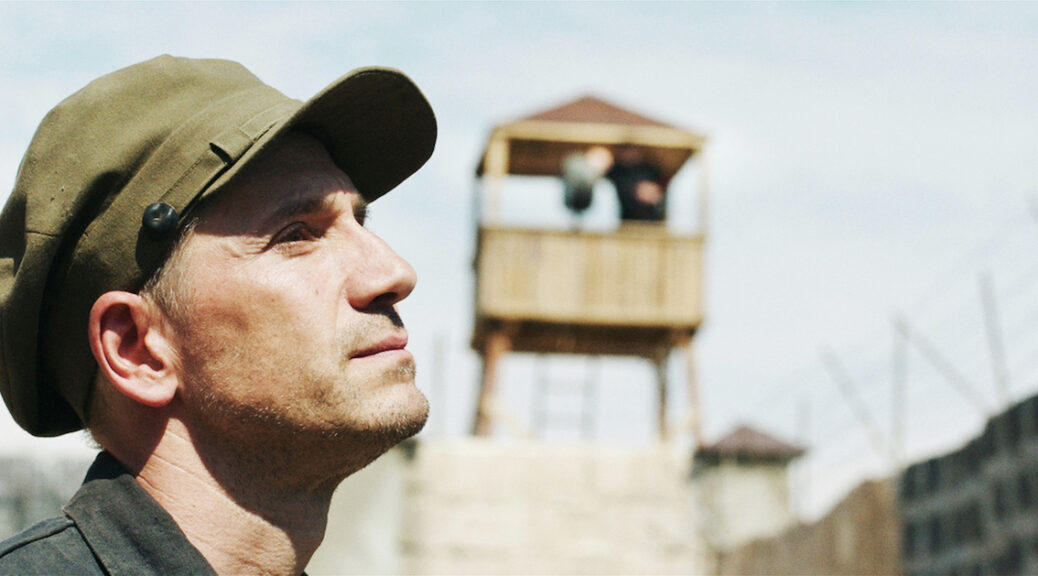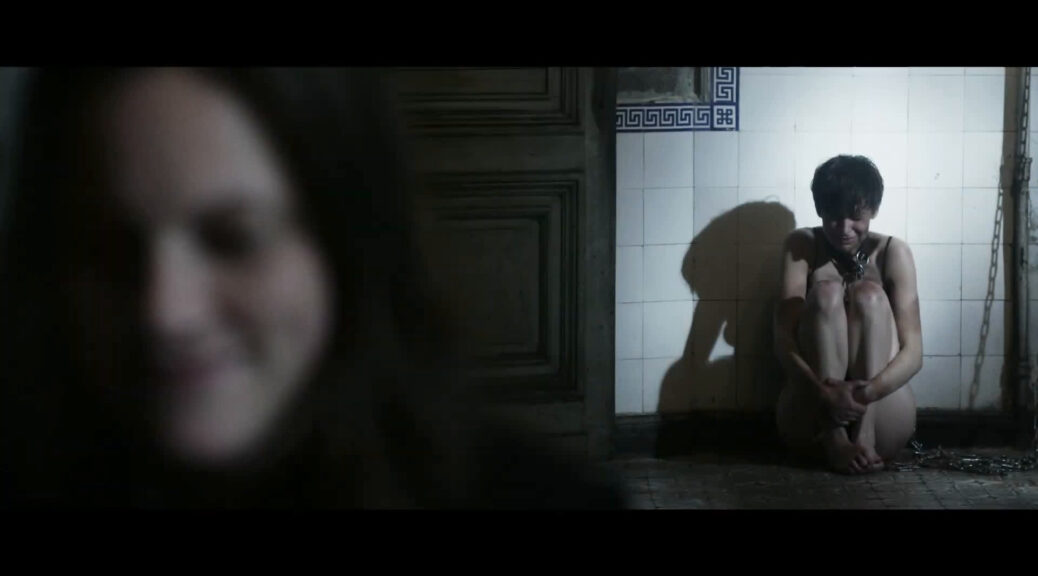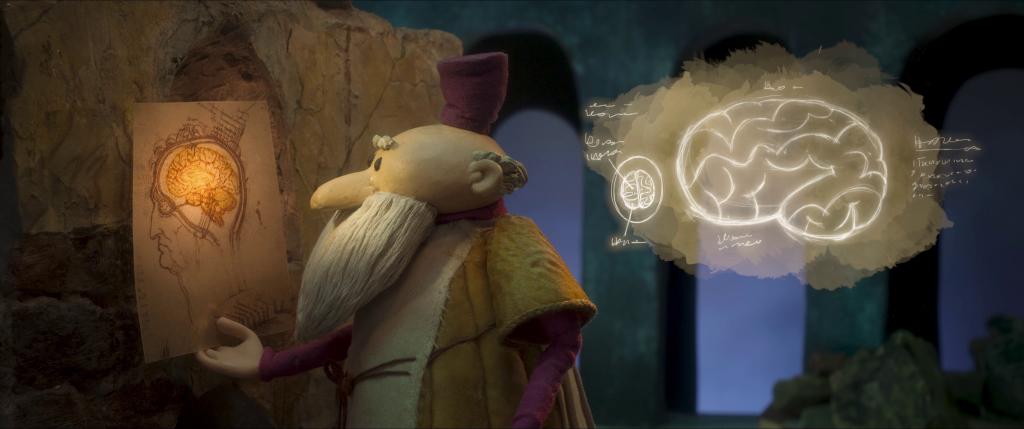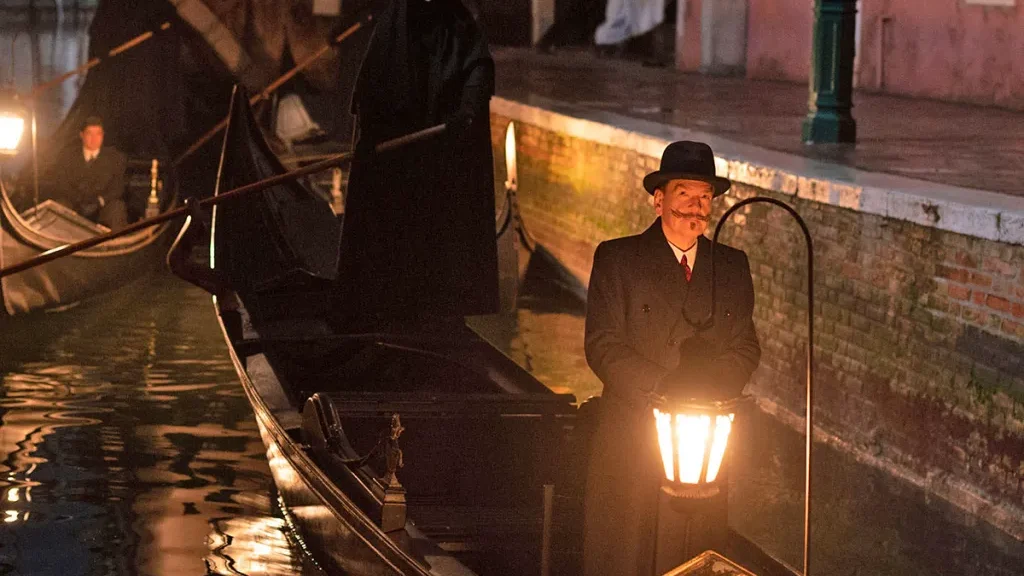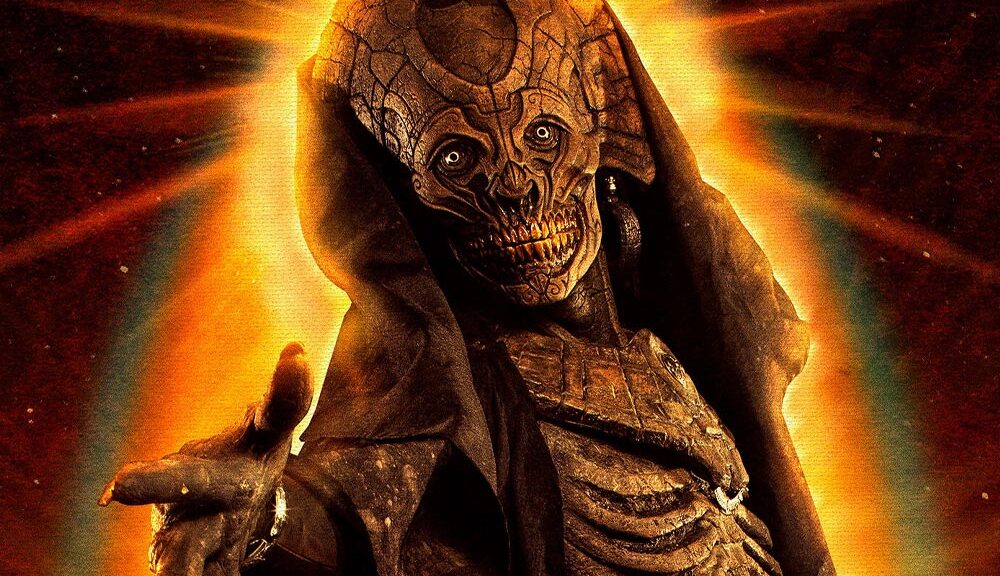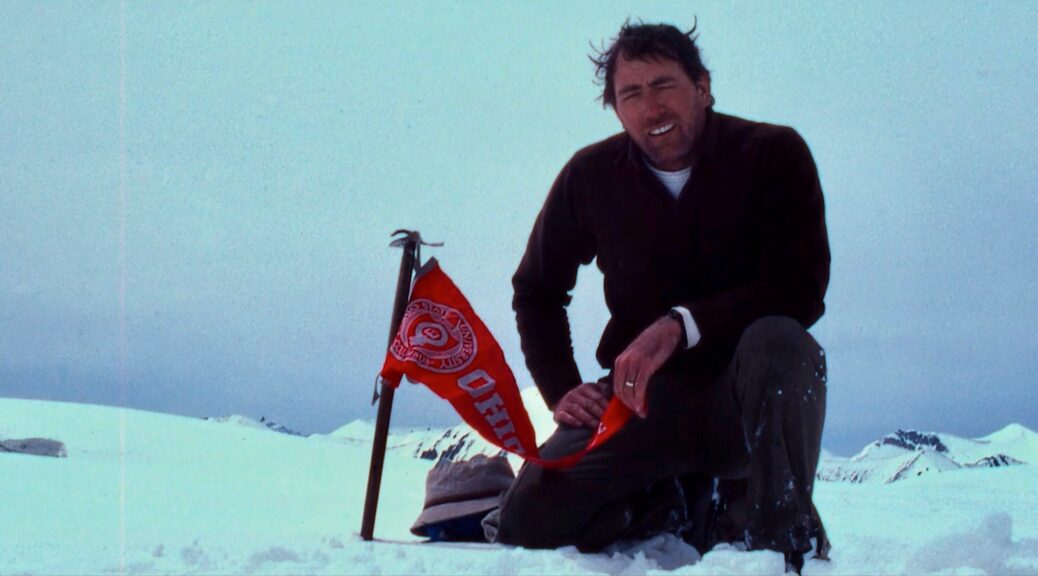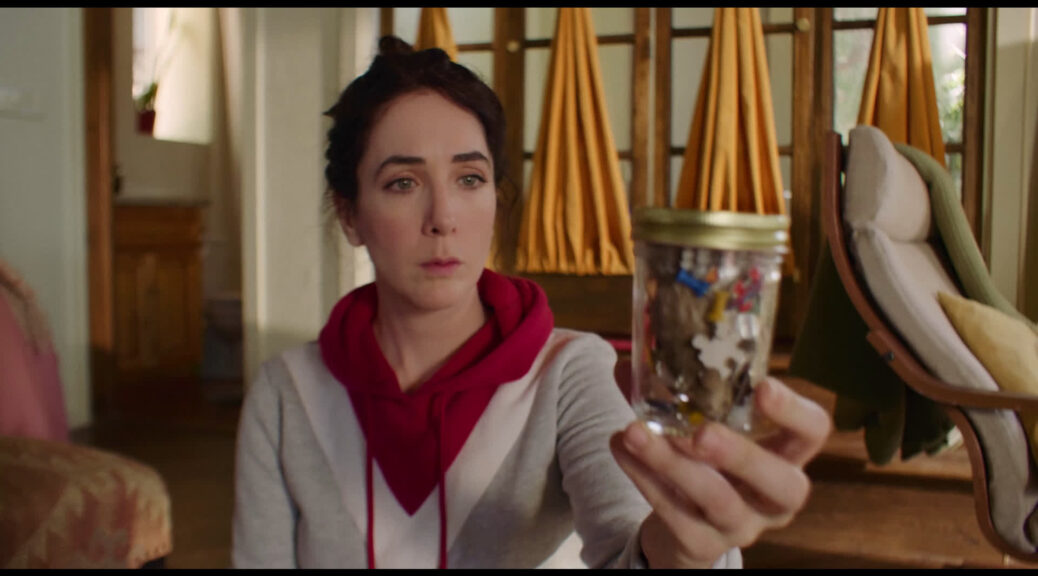The Latent Image
by Christie Robb
When thriller author Ben rents a remote, isolated cabin so he can get away and focus on writing his latest manuscript, his writing time is interrupted by the arrival of a mysterious stranger. Fascinated and a little attracted to the tall, dark, and brutally handsome man, Ben begins collaborating with him on the plot. Really trying to get in the head of the villain. Trying to figure out how he might get away with murder. Eventually, the lines between fantasy and reality start to blur.
Director Alexander McGregor Birrell, in collaboration with co-writer Joshua Tonks (who also plays Ben), creates an unnerving tale based on his 2019 short of the same name. At the start, the movie drags at bit, but once it gets going, this new Latent Image keeps the audience guessing all the way until the end. It’s a movie of creeping unease rather than jump scares or gore.
The evolving relationship between Ben and “the Man” is the heart of the film. Jay Clift’s performance as the Man is unsettling in all the best ways. Tonks and Clift are both theatre performers, so you might assume that they would skew into the more broad style of acting that plays well even to the cheap seats in the back. But, except for the very occasional misstep, they really deliver on the subtleties necessitated by film.
If you are planning on a cabin trip this spooky season, consider adding this one to your watch list. Just make sure to lock the doors and windows at night and try to avoid any drifters.
